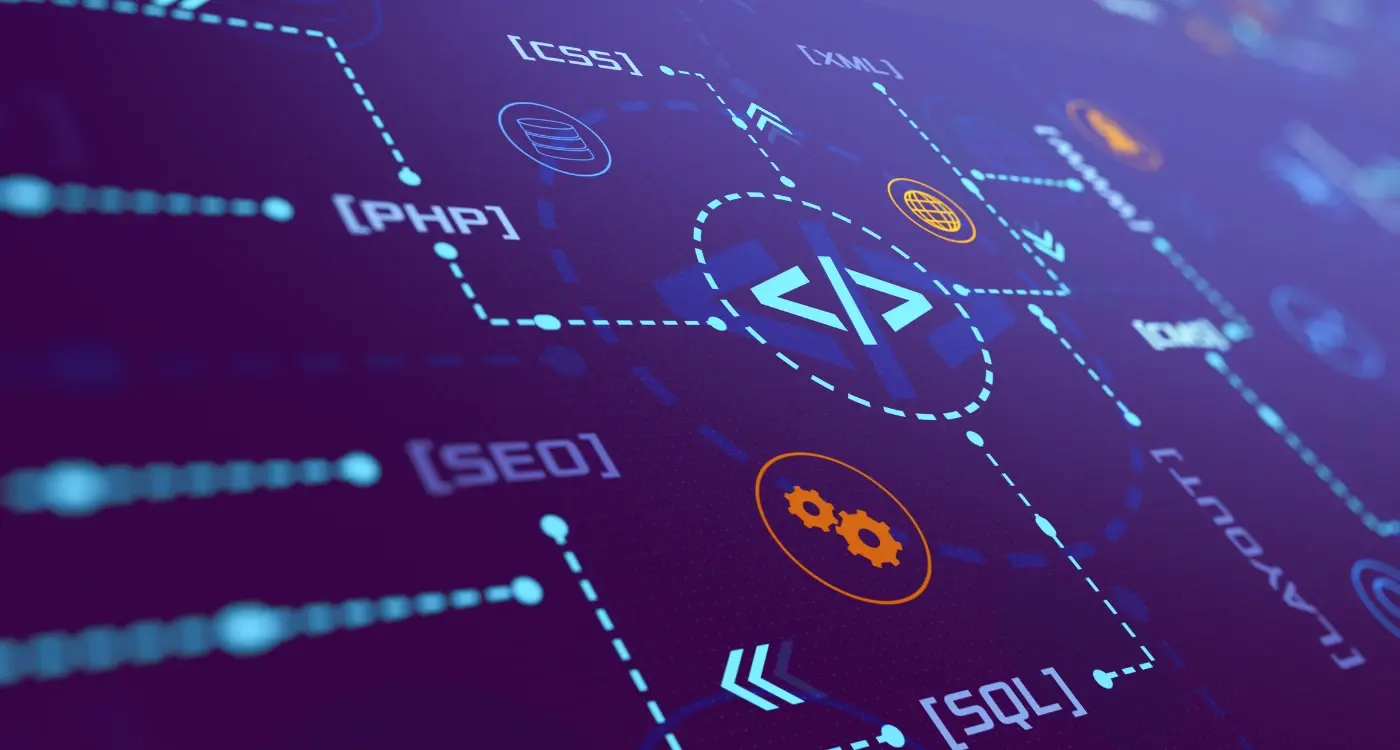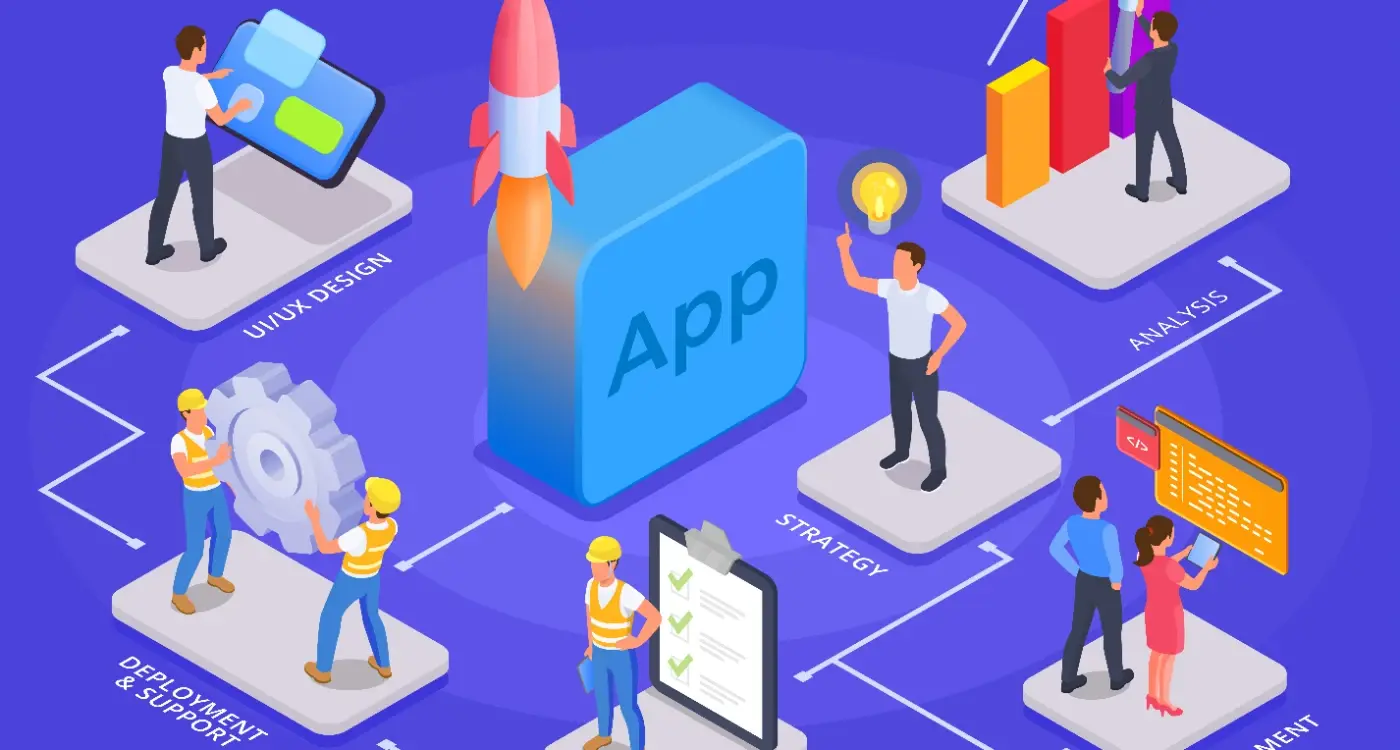What Happens When I Need to Modify My Vibe Coded App Later?
Here's something that catches many app owners off guard: Vibe coding might promise rapid development, but when it comes to modifications later, things can get complicated fast. The allure of AI-generated code is obvious—quick turnaround times and seemingly straightforward development. But what happens six months down the line when you need to add new features or fix bugs?
I've worked with plenty of clients who've gone the Vibe route initially, only to find themselves stuck when they need changes. The code that seemed so elegant and efficient during development can become a puzzle when you're trying to modify it. Unlike traditional hand-written code where developers leave comments and follow familiar patterns, AI-generated code often lacks the human touch that makes future modifications straightforward.
The real test of any coding approach isn't how quickly you can build something—it's how easily you can change it when business needs evolve
This guide will walk you through what actually happens when you need to modify your Vibe-coded app. We'll cover the technical realities, the costs involved, and most importantly, how to plan for long-term app maintenance and updates. Whether you're considering Vibe coding or already have a Vibe-built app that needs changes, understanding these challenges upfront can save you significant headaches and budget overruns down the road.
Understanding Vibe Coding and Future Modifications
Let me start by explaining what Vibe coding actually is—because there's quite a bit of confusion out there about this. Vibe is a visual programming tool that lets you build apps by dragging and dropping elements rather than writing traditional code line by line. Think of it as building with blocks instead of writing instructions from scratch.
Now, here's where it gets interesting for future modifications. When you create an app using Vibe, you're working within a specific framework that has its own rules and limitations. This isn't necessarily a bad thing, but it does mean that any changes you want to make later need to work within these boundaries.
What This Means for Your App's Future
The key thing to understand is that Vibe-generated code follows particular patterns and structures. Your app won't just be a random collection of files—it'll be organised in a way that makes sense to the Vibe system. This can actually make some modifications easier because everything follows predictable patterns.
Here are the main areas where future modifications might be needed:
- User interface changes and visual updates
- Adding new features or functionality
- Performance improvements and bug fixes
- Integration with new third-party services
- Security updates and compliance requirements
The reality is that every app needs updates over time. User expectations change, operating systems get updated, and business requirements evolve. Understanding how your Vibe-coded app handles these changes from the start will save you headaches later on.
What Makes Vibe Generated Code Different from Traditional Code
When I explain vibe coding to clients, the first thing they want to know is how different it really is from regular code. The honest answer? It's quite different—and that affects everything from how you read it to how you modify it later.
Traditional code is written by human developers who think step by step, line by line. They leave comments, use naming conventions their team understands, and structure things in predictable ways. Vibe generated code, on the other hand, is created by AI that processes patterns from millions of code examples. The result works brilliantly, but it doesn't always follow the same logical flow a human would use.
Key Differences You'll Notice
- Code structure may seem unusual or overly complex for simple tasks
- Variable names might be generic rather than descriptive
- Comments are often minimal or absent entirely
- The logic flow can jump around in unexpected ways
- Some solutions are incredibly clever, others oddly roundabout
Always request documentation alongside your vibe coded app—this becomes your roadmap for future modifications and helps developers understand the AI's approach.
The biggest challenge isn't that vibe generated code is worse—it's that it requires a different mindset to work with. Developers need time to understand the AI's reasoning before they can confidently make changes without breaking something else.
The Reality of Modifying AI Generated Code
Let me be straight with you—modifying AI generated code isn't quite the same as tweaking traditional code. When Vibe spits out your app's foundation, it creates something that works brilliantly but has its own personality. Think of it like getting a beautifully written letter in someone else's handwriting; you can read it perfectly, but making changes requires understanding their style first.
The biggest challenge I see clients face is that AI code often takes unexpected routes to solve problems. Where a human developer might write ten clear lines, Vibe might generate three incredibly clever ones that do the same job but in a way that makes you scratch your head initially. This isn't a flaw—it's just different.
Working with AI-Generated Structure
Your developer will need time to understand how Vibe has structured your app before making changes. The good news? Once they've figured out the pattern, modifications become much smoother. AI code is actually quite consistent in its approach, which means after the first few changes, your development team will know exactly what to expect.
The key is patience during that initial learning phase. Don't expect lightning-fast modifications right away—but once your team gets comfortable with Vibe's style, you'll find the process becomes surprisingly efficient.
Planning for Long-Term App Maintenance and Updates
When I work with clients on vibe coding projects, one thing that comes up time and time again is how they'll handle future changes. And honestly, it's one of the smartest questions you can ask—most people don't think about this until it's too late. The truth is, every app needs updates; new features get added, bugs get fixed, and operating systems change. With AI generated code, planning ahead becomes even more important.
The first thing to understand is that vibe coding maintenance isn't like maintaining traditional code. Your development team will need to work with the original AI parameters and understand how the code was generated in the first place. This means keeping detailed records of your initial requirements, the AI tools used, and any modifications made along the way.
Creating a Maintenance Strategy
Start by documenting everything from day one. Keep track of which vibe coding tools were used, what prompts generated specific features, and how the code was structured. This documentation becomes your roadmap for future app updates—without it, developers might need to reverse-engineer your entire application.
Good documentation today saves you months of headaches tomorrow when you need to add new features or fix critical bugs
Building Your Support Team
Not every developer is comfortable working with AI generated code, so finding the right long-term support team matters. Look for developers who understand both traditional coding and vibe coding approaches; they'll be able to bridge the gap when code modification becomes necessary and help maintain your app's performance over time.
Working with Developers on Vibe Code Modifications
Finding the right developer to work on your Vibe-generated app isn't quite the same as hiring someone for a traditional project. You'll want to look for developers who aren't afraid of AI-generated code—some old-school programmers get a bit snooty about it, if I'm being honest. The good news is that most experienced developers can work with any codebase once they understand how it's structured.
When you're interviewing potential developers, ask them about their experience with code they didn't write themselves. This is actually a common scenario in the development world, so don't worry if they haven't worked with Vibe specifically. What matters more is their ability to read, understand, and modify existing code without breaking everything.
Communication is Everything
Be upfront about your app's origins from the start. Share any documentation you have about the original build process and explain what modifications you're hoping to make. The more context you can provide, the better—developers hate surprises, especially when they're knee-deep in someone else's code.
Set realistic expectations about timelines too. Your developer might need extra time to familiarise themselves with the codebase before making any changes. This isn't a reflection of their skills; it's just good practice when working with unfamiliar code structures.
Cost Considerations for Future App Changes
Let's talk money—because that's what keeps most app owners up at night when they're thinking about vibe coding maintenance and future modifications. I've had countless conversations with clients who've been caught off guard by the costs of updating their AI generated code, and honestly, it's something that could have been avoided with better planning.
The truth is, modifying vibe-coded apps often costs more than traditional code modifications. Why? Well, developers need extra time to understand how the AI structured the code, and they might need to rewrite sections entirely rather than making simple tweaks. This isn't anyone's fault—it's just the reality of working with AI generated code right now.
Budget Planning for Vibe Code Updates
When planning your budget for long-term support, consider these cost factors:
- Code analysis time—developers need longer to understand AI-generated structure
- Testing requirements—more thorough testing needed after modifications
- Potential rewrites—sometimes rebuilding sections is more cost-effective than patching
- Documentation gaps—AI doesn't always explain its reasoning, requiring detective work
Set aside 30-50% more budget for vibe code modifications compared to traditional app updates. This buffer accounts for the extra analysis time and potential complexity.
My advice? Build a maintenance fund from day one. App updates aren't optional—they're part of owning an app. The more prepared you are financially, the less stressful those inevitable modification requests will be.
Conclusion
After working with hundreds of clients over the years, I can tell you that modifying Vibe coded apps isn't something to fear—it's just different from what you might expect. The key thing to remember is that AI-generated code requires a specific approach and mindset when it comes to future changes.
Planning ahead makes all the difference. When you're building your Vibe app, think about what changes you might need down the line. Will you want to add new features? Change the design? Scale up for more users? Having these conversations early saves you time and money later on.
The developers you work with need to understand Vibe's code structure—not every developer will be familiar with it straight away. But once they get the hang of it, modifications become much more manageable. I've seen teams adapt quickly when they know what they're working with.
Budget wisely for future changes. Vibe apps might need different modification approaches compared to traditionally coded apps, which can affect costs. But with proper planning and the right development team, you can keep your app updated and growing without breaking the bank. The most successful apps are the ones that evolve with their users' needs.
Share this
Subscribe To Our Learning Centre
You May Also Like
These Related Guides

What Happens When You Outgrow Your No-Code Solution?

Can You Migrate From No-Code to Custom Development Later?



